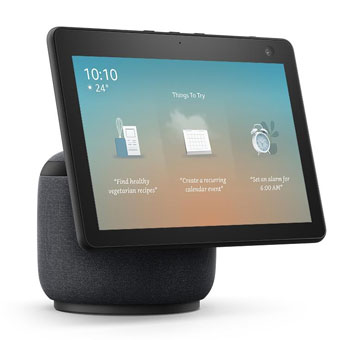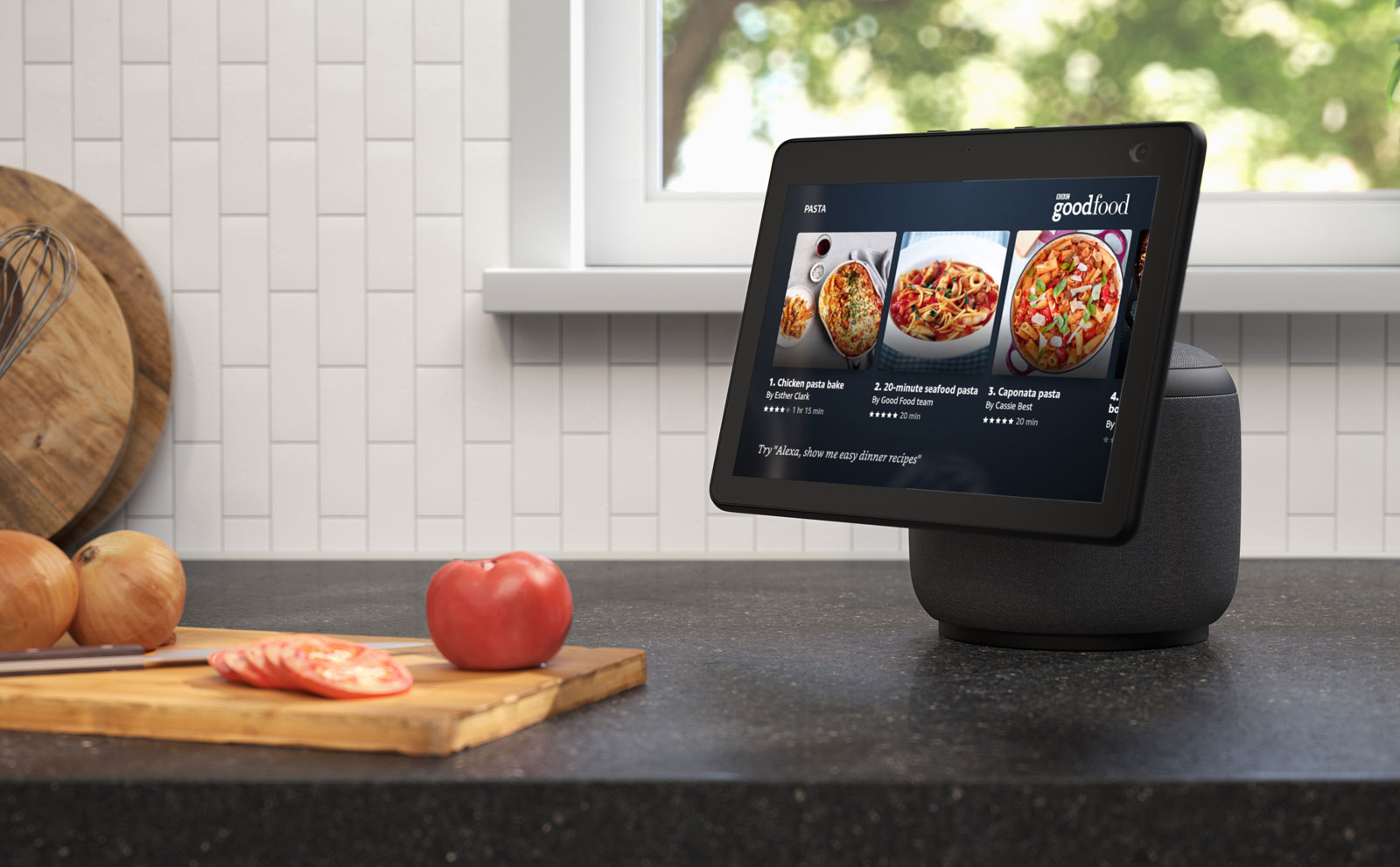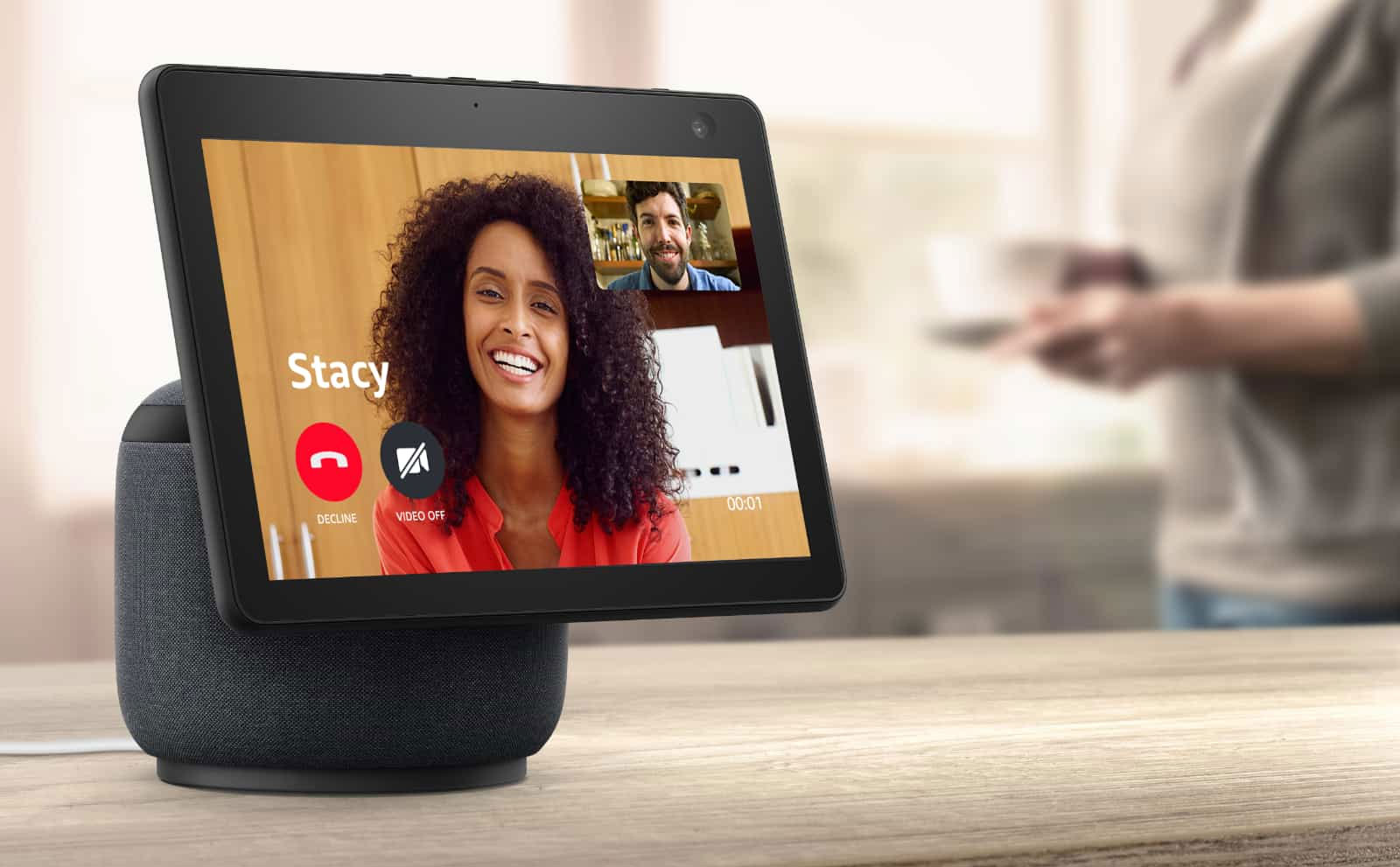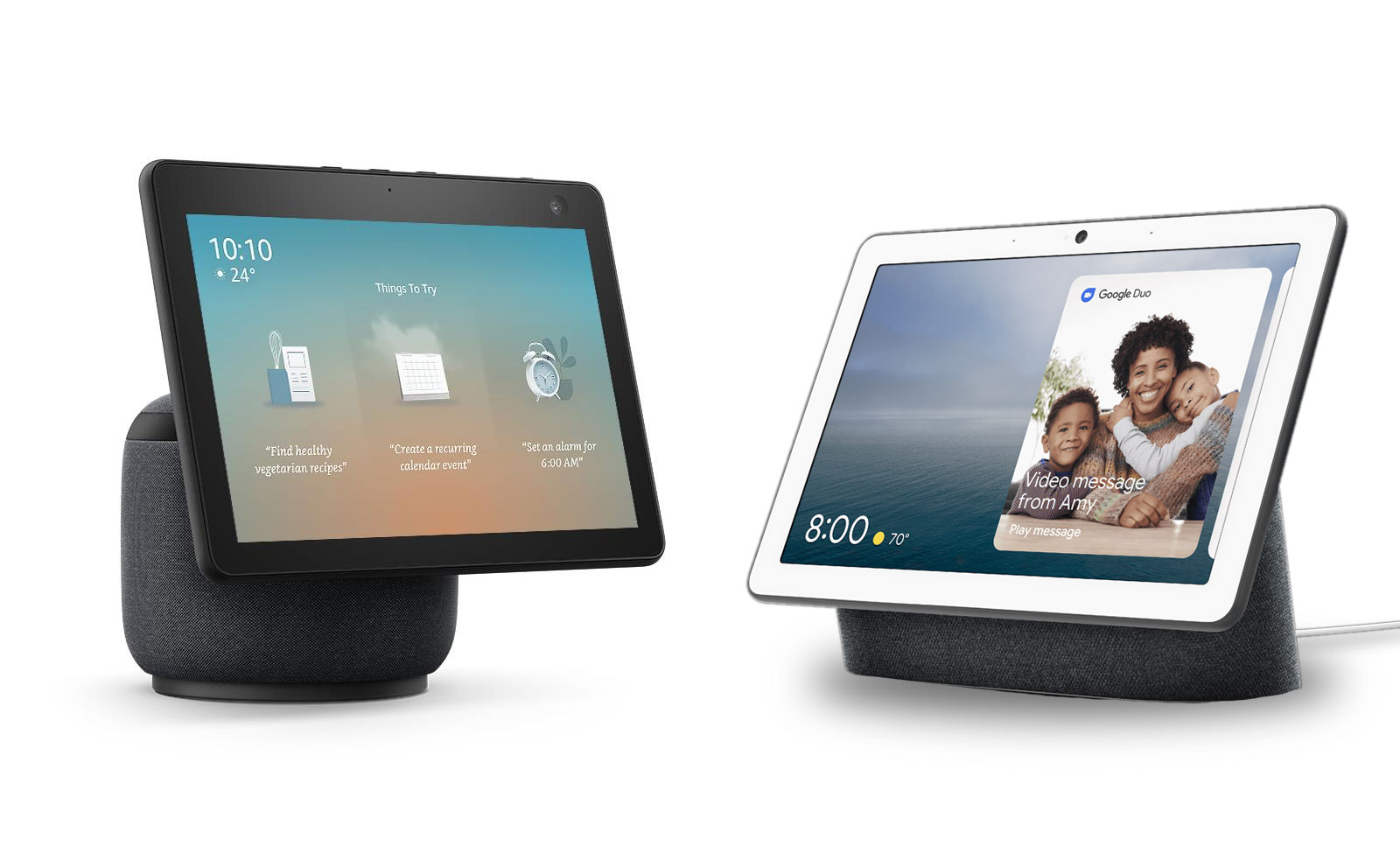Optus Mobile Review ALDI Mobile Review Amaysim Mobile Review Belong Mobile Review Circles.Life Review Vodafone Mobile Review Woolworths Mobile Review Felix Mobile Review Best iPhone Plans Best Family Mobile Plans Best Budget Smartphones Best Prepaid Plans Best SIM-Only Plans Best Plans For Kids And Teens Best Cheap Mobile Plans Telstra vs Optus Mobile Optus NBN Review Belong NBN Review Vodafone NBN Review Superloop NBN Review Aussie BB NBN Review iiNet NBN Review MyRepublic NBN Review TPG NBN Review Best NBN Satellite Plans Best NBN Alternatives Best NBN Providers Best Home Wireless Plans What is a Good NBN Speed? Test NBN Speed How to speed up your internet Optus vs Telstra Broadband ExpressVPN Review CyberGhost VPN Review NordVPN Review PureVPN Review Norton Secure VPN Review IPVanish VPN Review Windscribe VPN Review Hotspot Shield VPN Review Best cheap VPN services Best VPN for streaming Best VPNs for gaming What is a VPN? VPNs for ad-blocking To justify buying the Show 10 you need to be confident that you will use the screen. Is there a place in your home that you wish you could watch a movie or TV show but you don’t currently have a TV? This is the $399 question that you will need to consider. Interestingly, it isn’t the screen that rotates but the entire unit. The speaker sits on a plastic plate that can rotate the unit up to 175-degrees in either direction which adds up to nearly a full rotation (though it can’t keep turning in a single direction). If you start playing a video on the Echo Show 10, the motion feature will continuously follow you so that you can keep an eye on the movie or TV show you are watching. I tried the Echo Show 10 on my bedside table, replacing the much smaller Echo Dot, but I found I didn’t use it to its full potential. It was basically an oversized alarm clock. My favourite place for the Echo Show 10 ended up being in my home office. I often listen to music or podcasts while I’m working and the Show 10 let me take my headphones off. In a smaller room, the sound of music boomed out of the speakers. Though this comes back to the question of location. In a large room, like a joined kitchen/living/dining room, the sound can get lost, especially if you’re across the room. In a smaller area, like my office, where you can be closer to the speaker, I found you can hear a lot more nuance in the audio. One thing that did surprise me was the maximum volume. The speaker, which is about the size of a tin of Milo, really booms with the volume cranked up. On the flip side, the internal microphones are superb, as we tend to find with Echo devices. Obviously, the core functionality of the Echo range is to connect you with the Alexa voice assistant, so it is essential that it can clearly hear and understand requests. There’s still plenty of misunderstanding (though as a mumbler I own some of the blame) but in general, it is accurate and responsive to voice requests. You may have noticed that YouTube is missing from the list above, though you can technically watch YouTube videos through a built-in web browser. You can ask Alexa to search YouTube with keywords and it opens the browser and lands you on a YouTube search page, but from here you need to interact with the touchscreen to select a video, press play and enter fullscreen mode. It is a far more cumbersome process than it would be in a dedicated YouTube app, but considering that Google is a competitor in the smart screen space, we’re unlikely to see one of those any time soon. If, like me, you find the Echo Show 10 most useful on a kitchen bench, you can ask Alexa to show you recipes. This opens an app made in partnership with Taste.com.au and Alexa can help you choose a recipe and step you through the cooking process. And of course, the Echo Show 10 can control your smart home devices the same as any other Echo screen or speaker. It comes with built-in Zigbee smart home control functionality, so you don’t need to worry about buying a separate controller hub for devices that require one. The big difference between the two is in the software. Out of the box, the Hub Max can do more with built-in apps, which offer a more seamless experience, with Google’s own services being a standout. The ability to Chromecast content from your phone to the Hub Max screen is pretty handy. Video calling is also better, with options to make calls using Google Duo and Zoom. But if you’re happy to muck around a bit, you can do similar things with the Echo Show 10. For example, if you enable the Skype skill in your Alexa app then you can make Skype calls using the Echo Show 10. The built-in web browser can help with other popular services too, like watching gaming streams on Twitch. These are less-than-perfect solutions, and very easy to miss entirely, but the workarounds do exist. Another, much smaller quibble, is that the Hub Max UI shows the words it hears when you speak to it, whereas you don’t get this sort of feedback with the Echo Show. Given the infant state of voice recognition, it is much easy to try to correct errors if you can see where you have been misunderstood. But, I’d argue that the Hub Max has the same existential crisis. I’m much more likely to watch a YouTube video rather than a feature-length movie, but I certainly didn’t feel a tremendous urge to use the Hub Max for this when reviewing it. This isn’t an Echo Show 10 problem as much as it’s a smart screen consideration.



